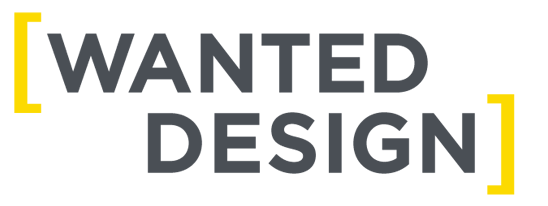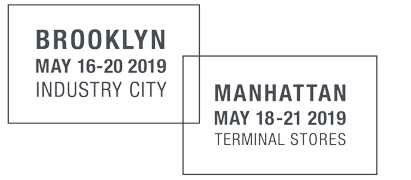Design Forum: New Design Education Challenges
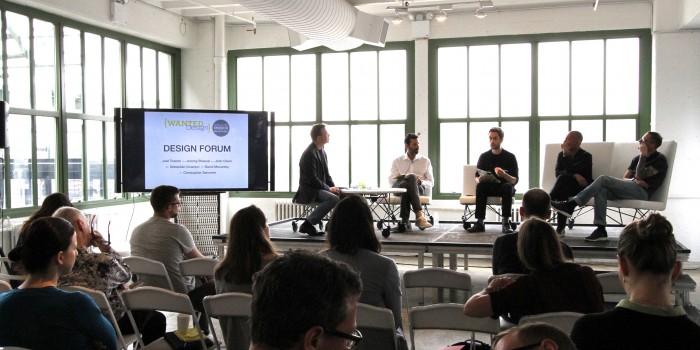
Joel Towers, Executive Dean, Parsons School For Design; Sebastián Ocampo, Chair of the Industrial Design program, CENTRO; Christopher Santerre, designer, ENSCI-Les ateliers; Josh Owen, Professor and Chair of Industrial Design at RIT; Jeremy Brazeal, LEGO ® Creative Director
The Design Forum at Industry City closed the 12-day exhibitions and programming at WantedDesign Brooklyn. It included the Parsons Festival and schools exhibitions from ENSCI – les ateliers, Pratt Institute as well as from EPFL+ECAL Lab. The forum focused on design education and new challenges in educating design students, in the U.S. and abroad, with presentations from Lego Creative Director Jeremy Brazeal on the “Creative Curse” as well as a panel discussion introduced by Joel Towers, Executive Dean, Parsons School of Design. Special thanks to Keilhauer for supporting the program.
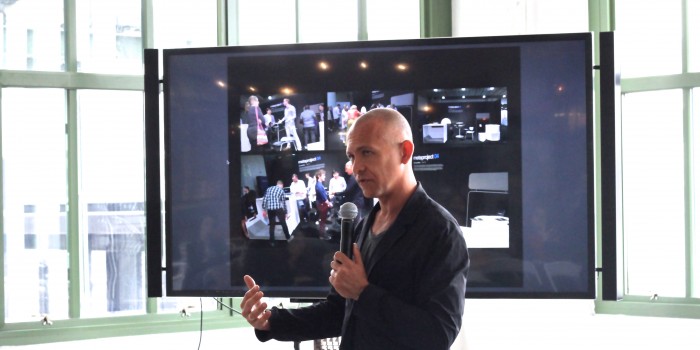
Josh Owen, Professor and Chair of Industrial Design at RIT on “Activating the Archive”
On Design Education
By Joel Towers, Executive Dean, Parsons School of Design
Design today can be a powerful force for positive social change and environmental stewardship. Practitioners in the field are grappling with challenges that reside in systems which are increasingly interdependent and interconnected: climate change, cities, natural resource management, social networks, and migration, to name a few. We are in the midst of a paradigm shift. Our evaluation of design must expand beyond notions of aesthetic or commercial success because today’s design solutions will be judged by the positive social and ecological impact they produce. And though design alone will not solve the “wicked problems” of the world, these challenges, and the diverse communities affected by them, will not be sufficiently engaged without the creativity and strategic thinking of designers.
At Parsons School of Design, my colleagues and I work to educate the next generation of designers, artists, scholars, and business leaders who will define the future of the creative economy. Preparing students for success in a rapidly changing world—a world that increasingly recognizes design as a powerful agent of change—requires that we redesign design education. That has been our task at Parsons for the last decade.
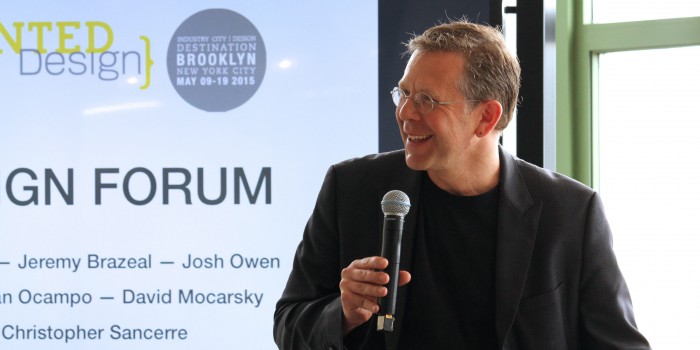
Joel Towers, Executive Dean, Parsons School For Design
Design programs situated within research universities are uniquely positioned to generate new forms of knowledge, the type of innovative thinking needed to confront increasingly complex conditions. As part of The New School, Parsons has transformed itself to take full advantage of this relationship. Courses in psychology, sociology, and anthropology provide crucial models for assessing the relationships between people and their designed products, environments, and systems. Public policy and change management courses inform our students’ ability to create with purpose, empathy, and foresight. We will see this, for instance, in our new MFA Industrial Design students, who will have a remarkable level of access to pursue cross-disciplinary research and investigate different sites and scales of production, from desktop manufacturing to global supply chains. The collaborative environment of The New School provides natural opportunities to bring together students and faculty from a wide array of academic fields, whether to conduct research, tackle real-world projects, or just share ideas.
Design itself, as a process, is more collaborative and transdisciplinary than it has been at any time in the past. Isolated disciplinary models of design education have become inadequate to preparing students to meet the complex needs of a globalizing world. Radical new forms of collaboration and versatility—the ability to visualize and prototype, to look at problems differently and imagine new modes of thinking—will be key to defining the creative economy of the future. The world has changed. The role of design has changed. And the way that designers are taught to engage with the world must change too.

Joel Towers, Executive Dean, Parsons School For Design; Sebastián Ocampo, Chair of the Industrial Design program, CENTRO; Christopher Santerre, designer, ENSCI-Les Ateliers; Josh Owen, Professor and Chair of Industrial Design at RIT; Jeremy Brazeal, LEGO ® Creative Director
Creative Curse
By Jeremy Brazeal, Creative Director, LEGO ® Group
We are creative, and we are born seeing the world in a different way than those around us. In turn, the world views us differently. Some of us go through life completely fine with this reality. Some of us have struggled deeply with being different. And, some of us go to extra lengths to be viewed by others in a different light. Regardless, the things in life that drive our creativity and passion are not understood by the any who surround us. We see colors where they do not; and notice compositions surrounding us in our everyday life. We spend hours, days, weeks and even years comforted by our own imaginations.
As a kid I started to draw as soon as I was old enough to hold a pencil. My family and friends would introduce me as an artist just after they said my name. Think about that; an eight year old boy is already an artist. If I loved math would they have introduced me as a mathematician? For creatives, your unique talent often defines who you are as a person. This is what makes this gift, this blessing so personal. It is ours to shape and mold, ours alone to control. Then, we make what could possibly be the worst decision of our lives. We choose being a creative as a career.
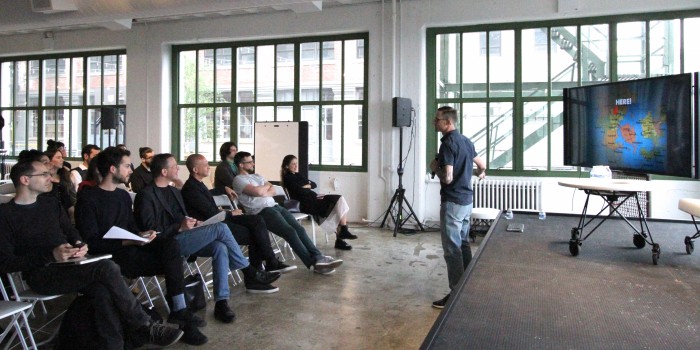
Jeremy Brazeal, LEGO ® Creative Director on the “Creative Curse”
Whether you are a product designer, art director, graphic designer, writer or any other profession you have chosen as your craft, how do you ensure this blessing you are born with does not become a curse you live with? How do we suddenly become okay with people commenting on, directing and inputting on something that used to be only ours to manage? This is something we all struggle deeply with when we begin our careers. Some of us figure it out early, but others grapple with it for years. I have witnessed the strongest creative talents stay stagnant and fall far behind less skilled creatives simply because they cannot let go. I have also had the pleasure of seeing similar individuals’ careers sky-rocket once they put all the puzzle pieces in place. There are many steps that we need to take but the first one is looking inward and understanding what is happening to us emotionally. Realizing that the talent we offer is personal and sharing personal art in a public space is ok. It is also important we as creative leaders recognize the struggle, support those around us and nurture creativity. We need to find ways to re-direct the negative energy stemming from an inability to let go into a positive expression of collaborative art. Though the world views creatives differently they need us to lead their journeys. If we embrace this and keep the right perspective our personal journey and careers can be more rewarding then we ever even imagined. It may sound cliché, but our journey always begins with us.
